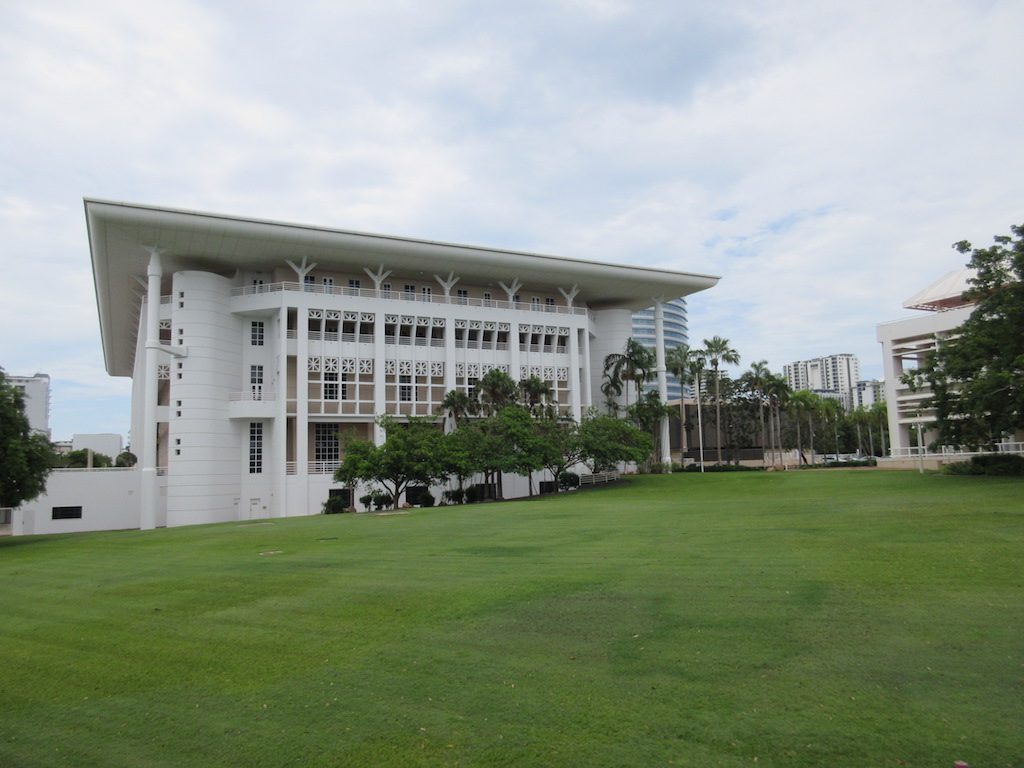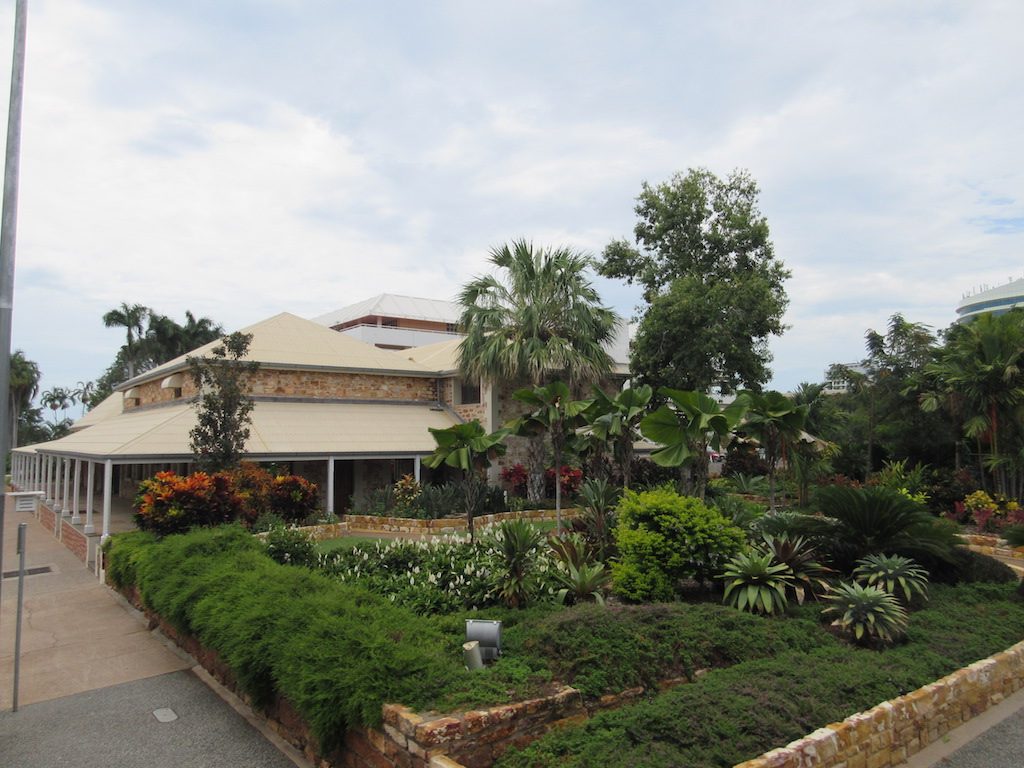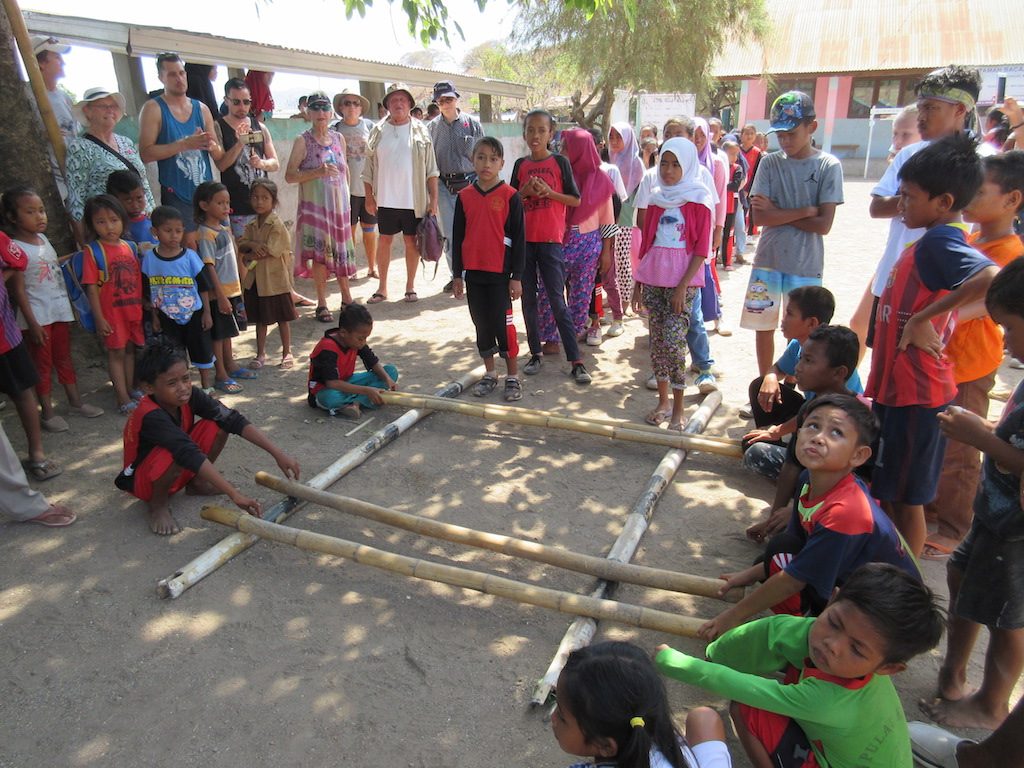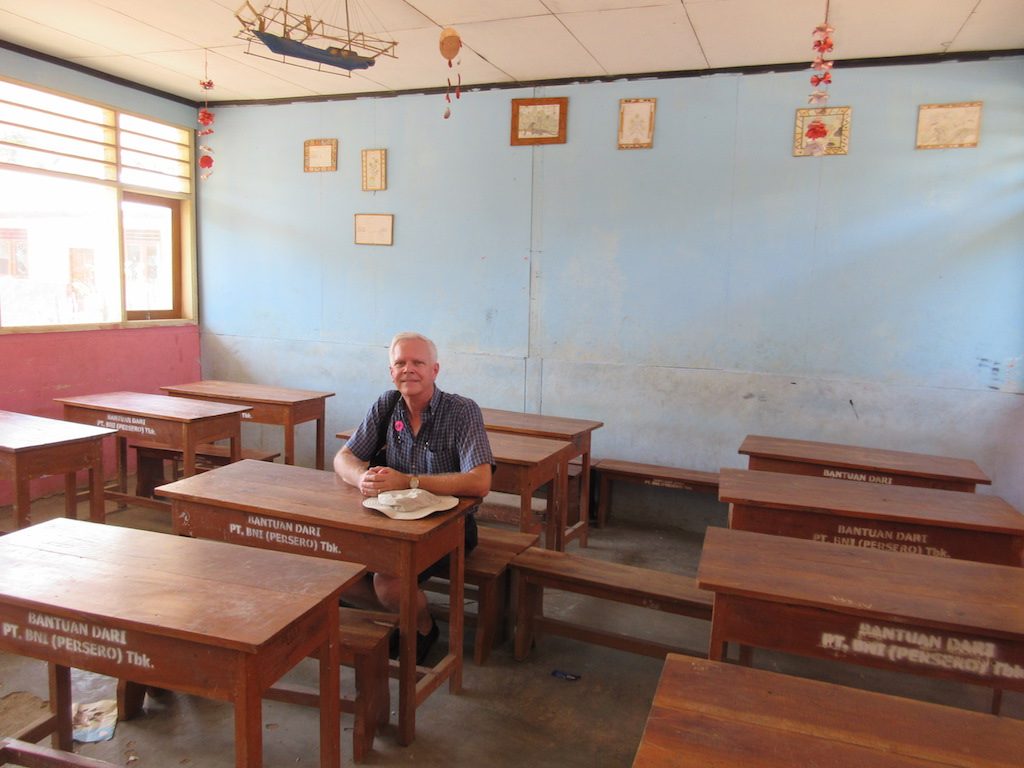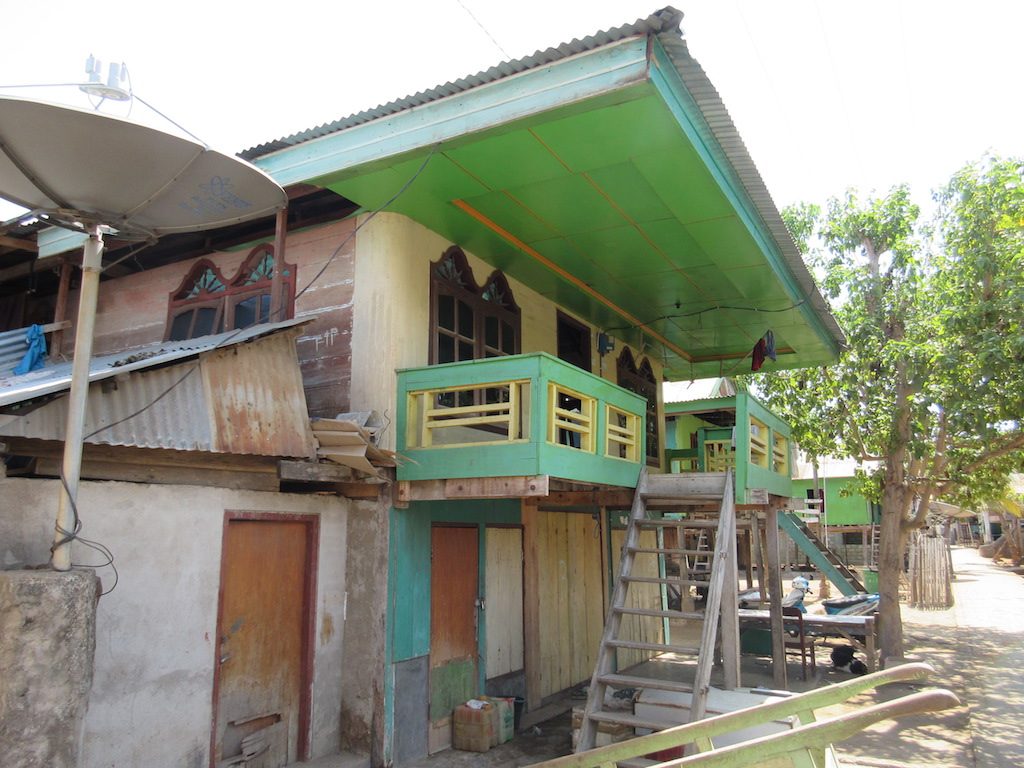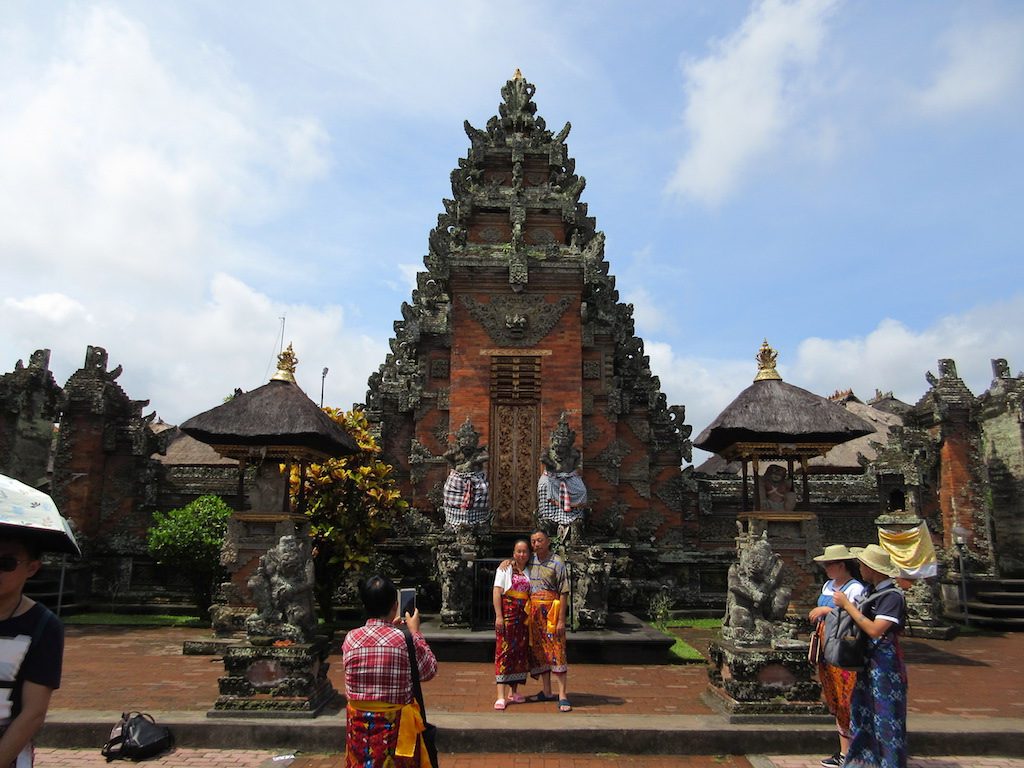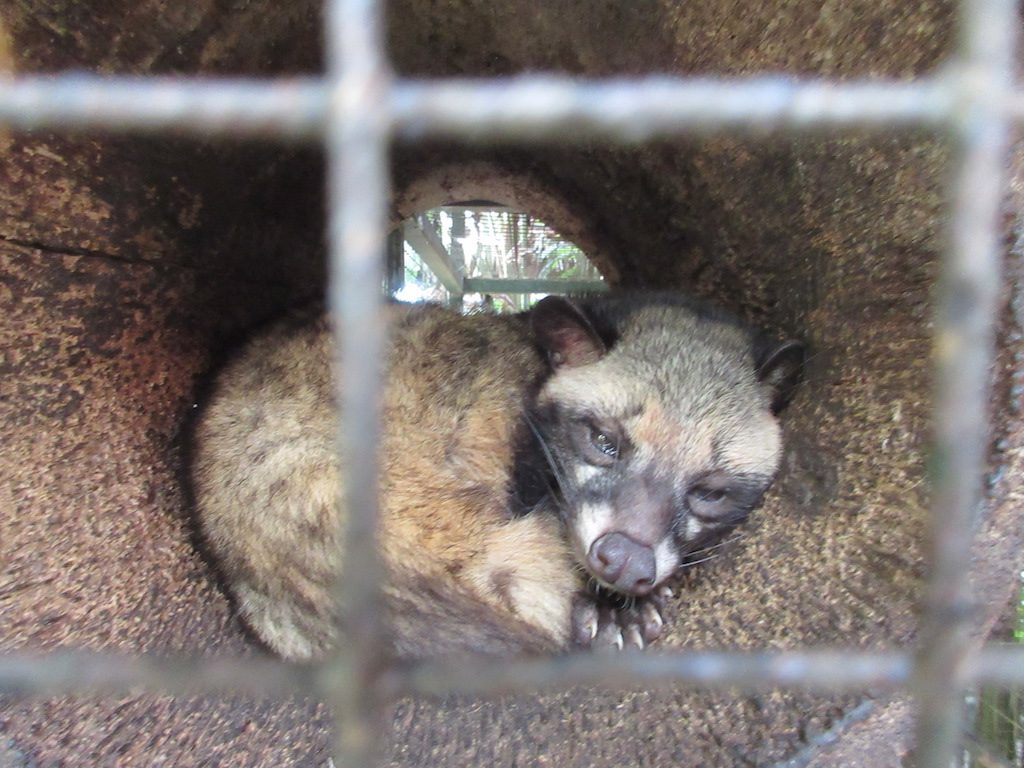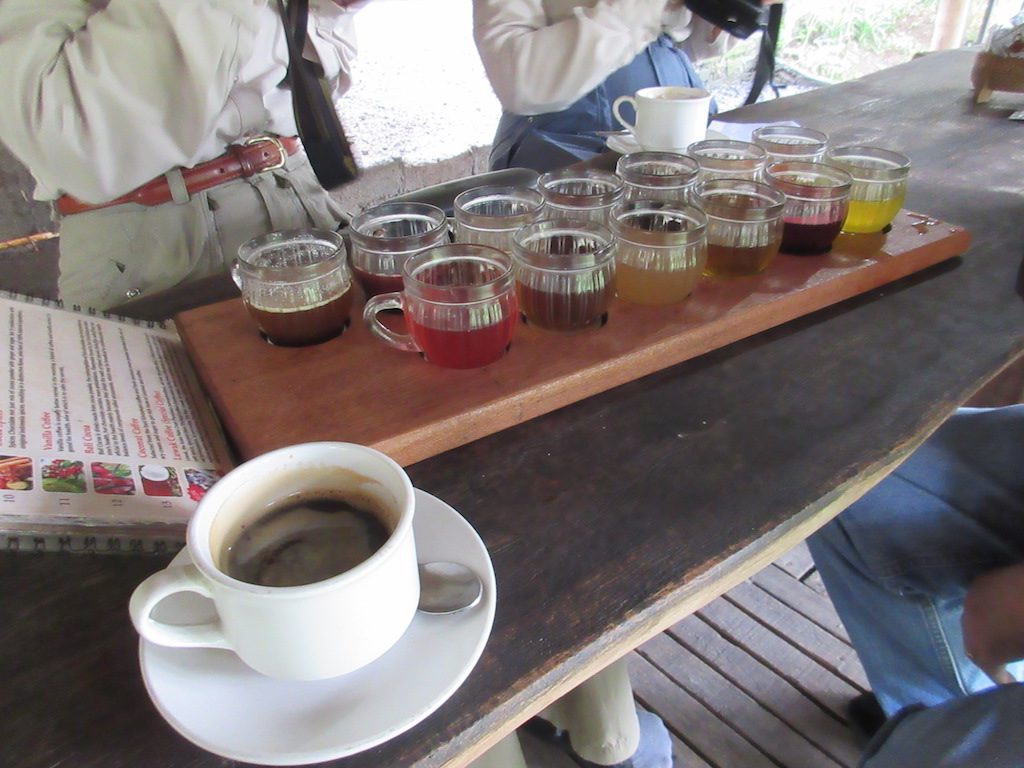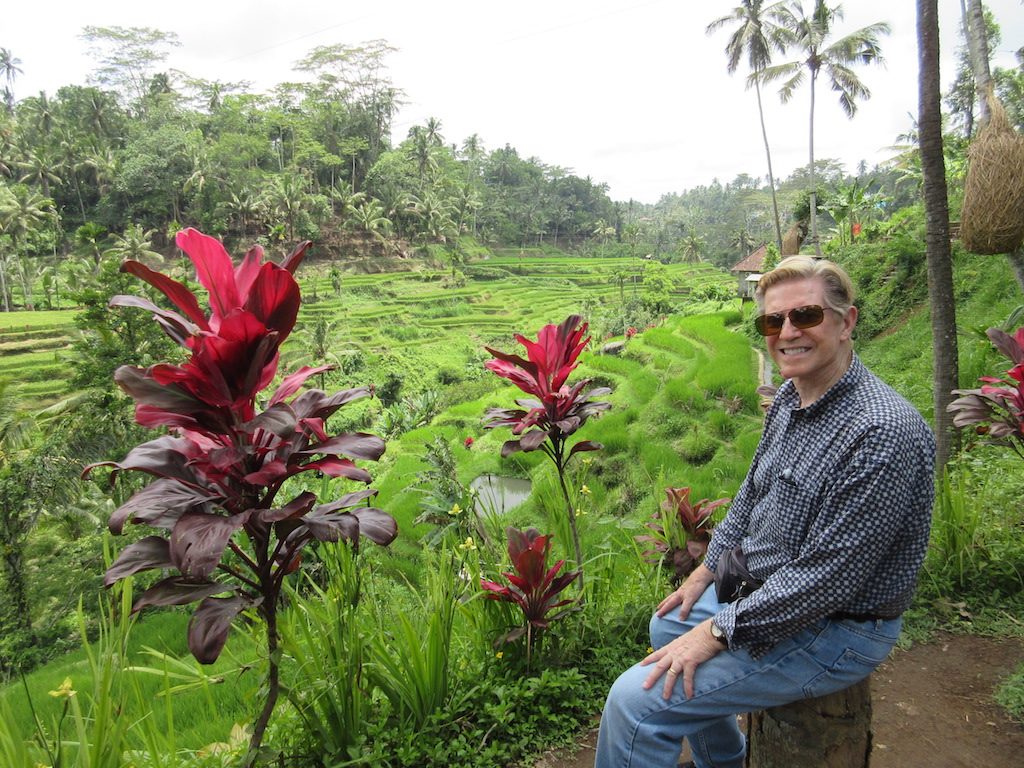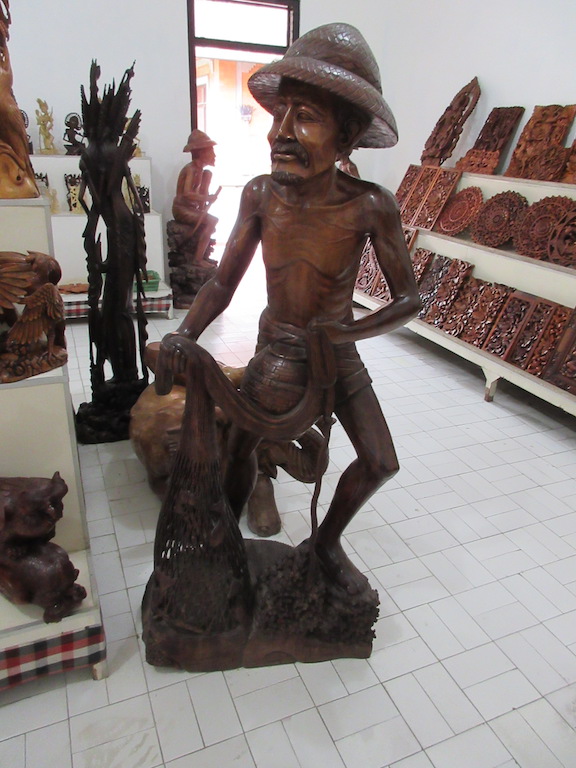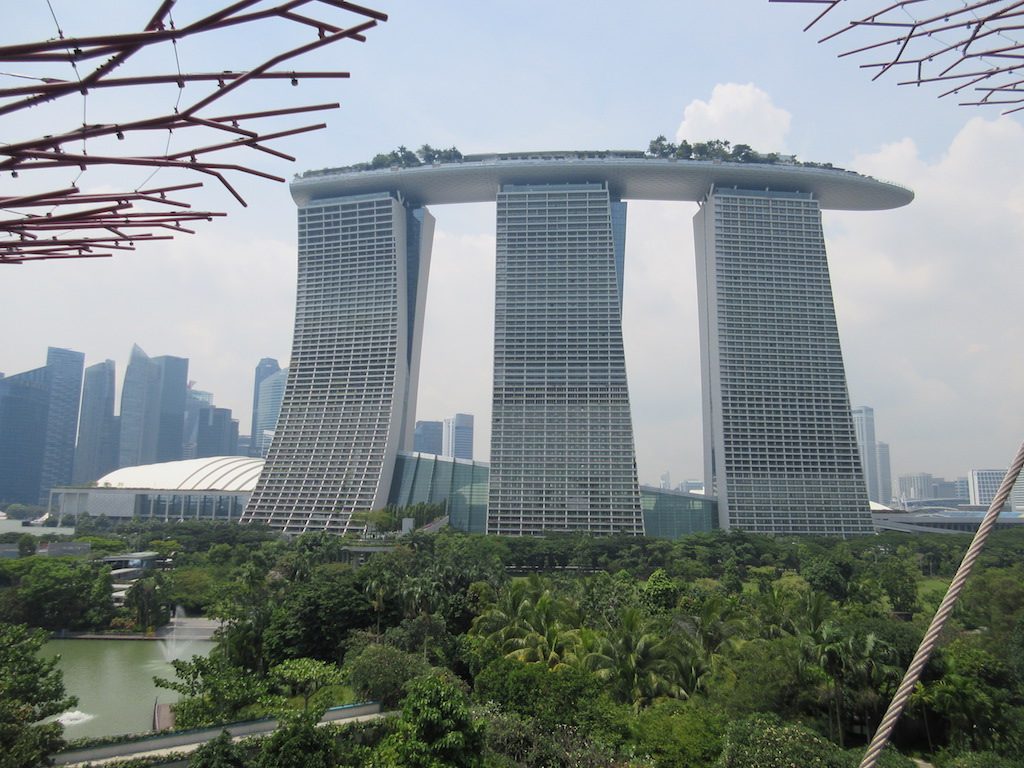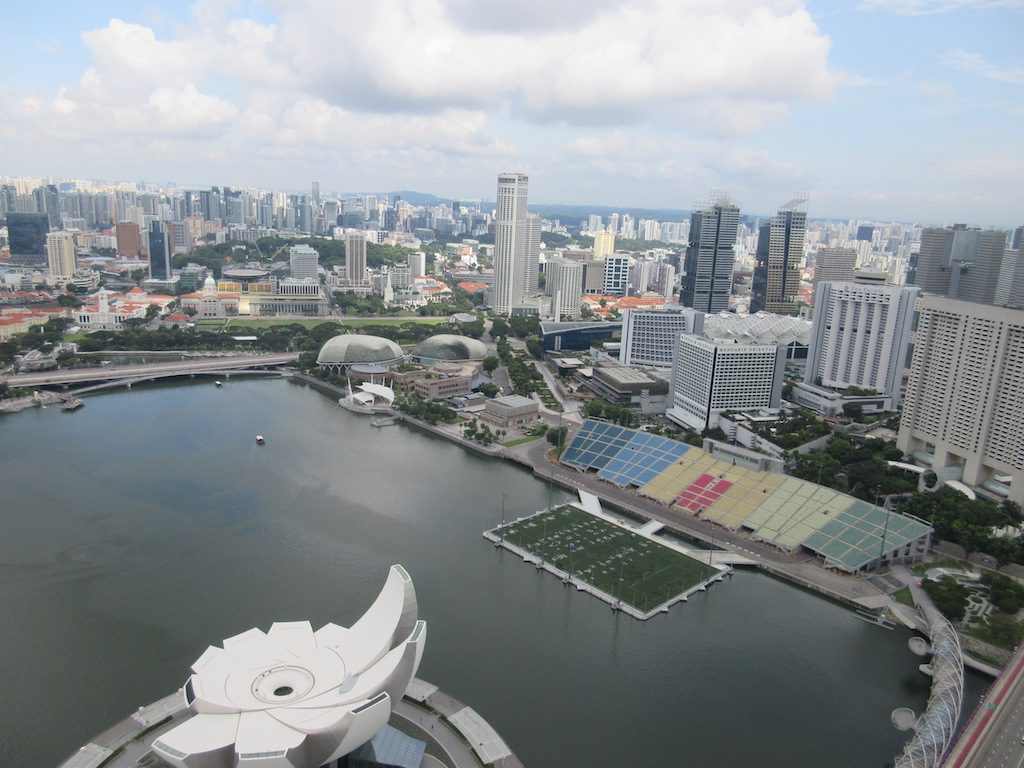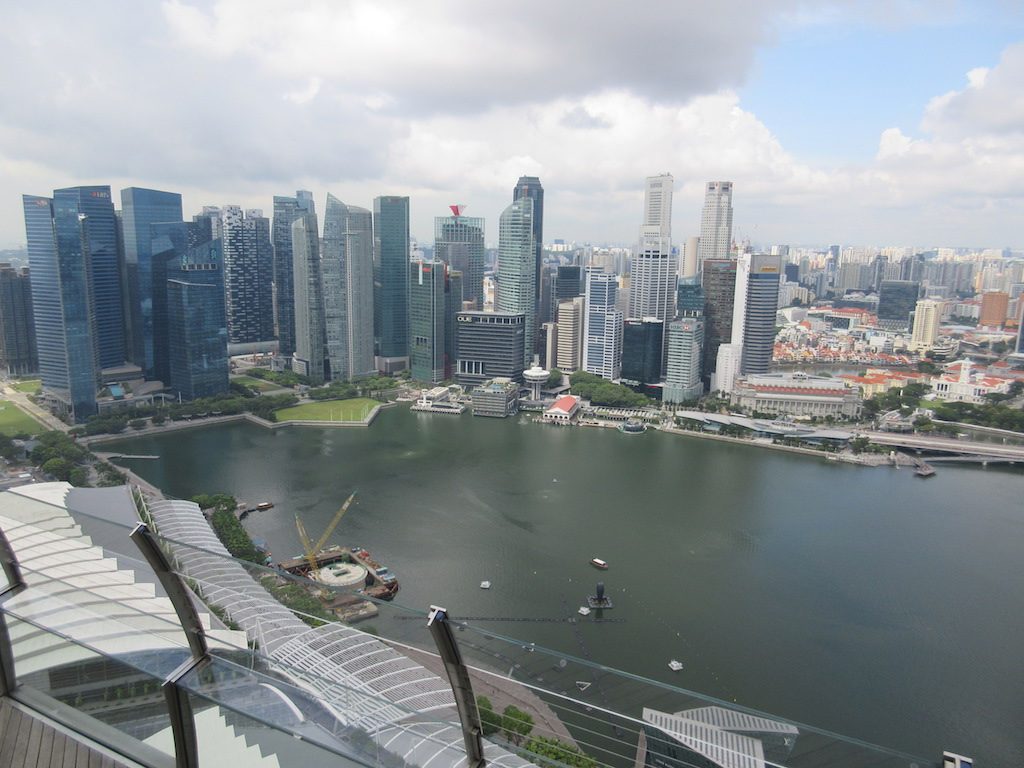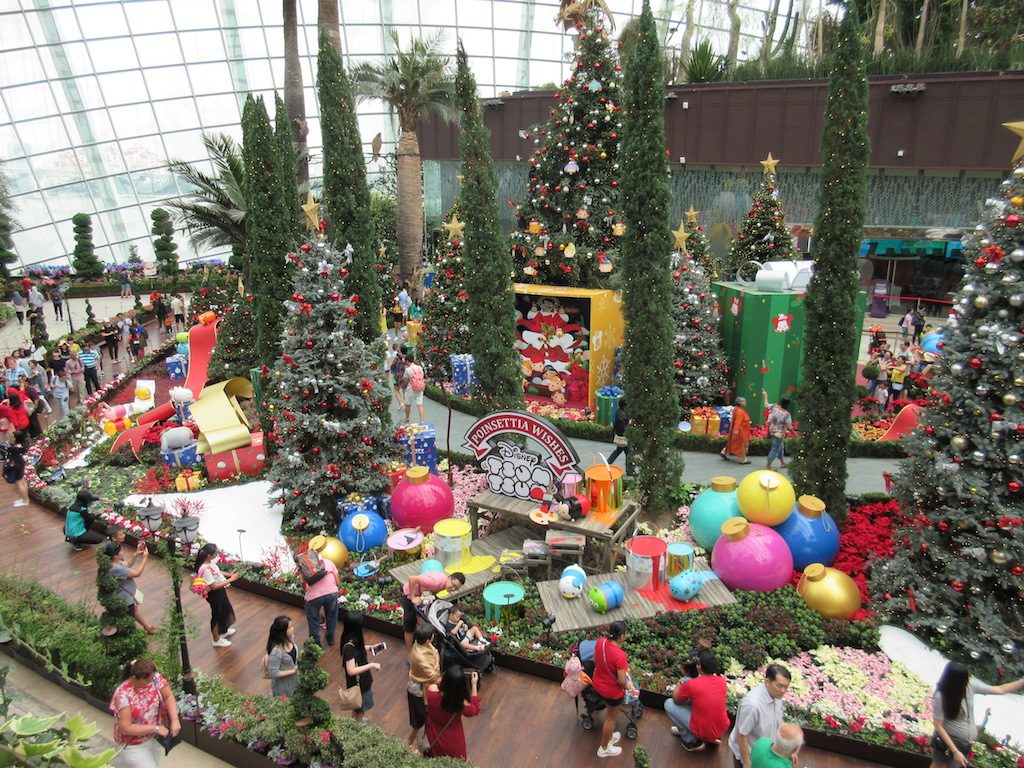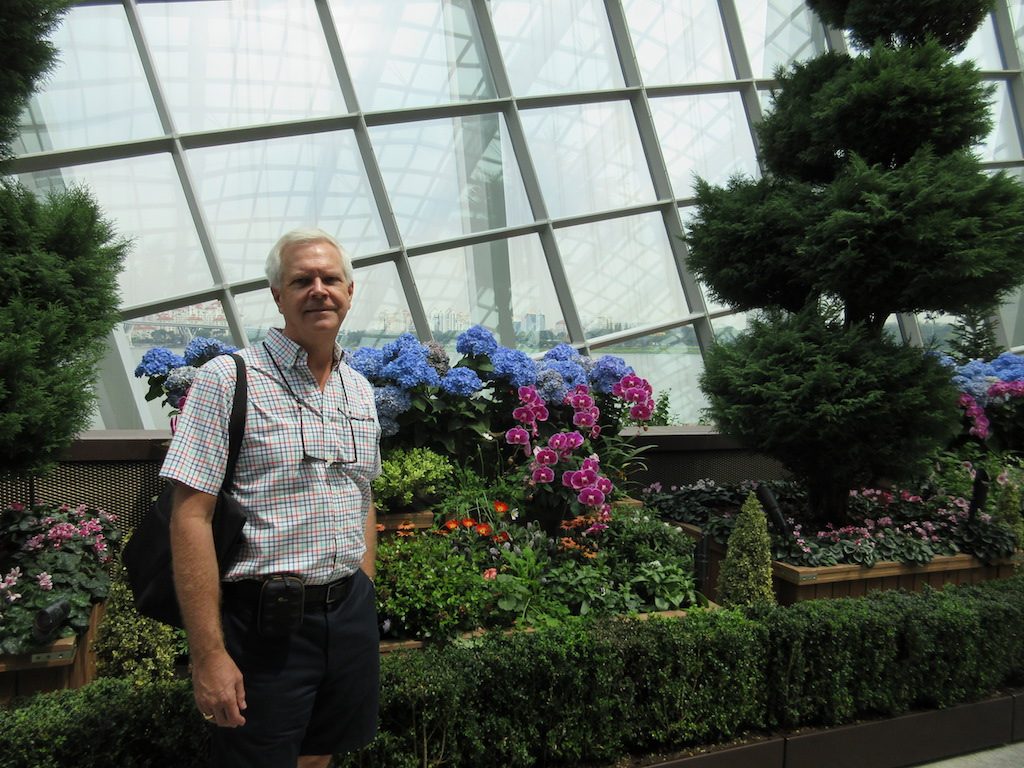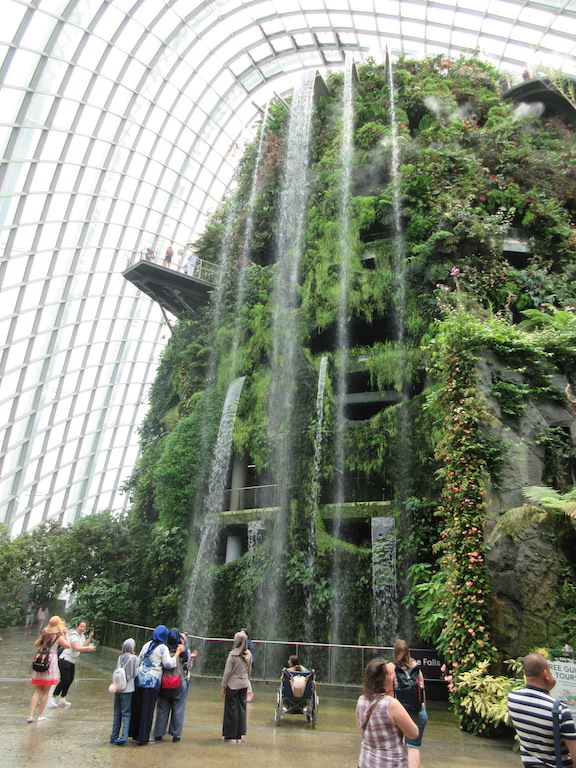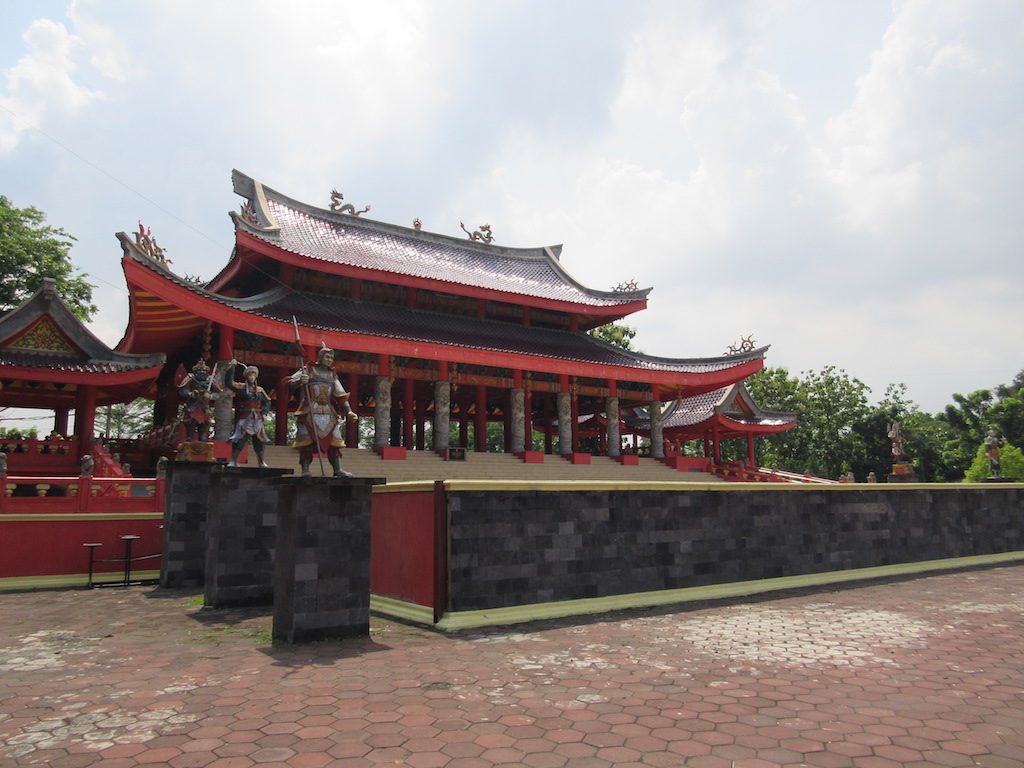
Sam Po Kong Temple
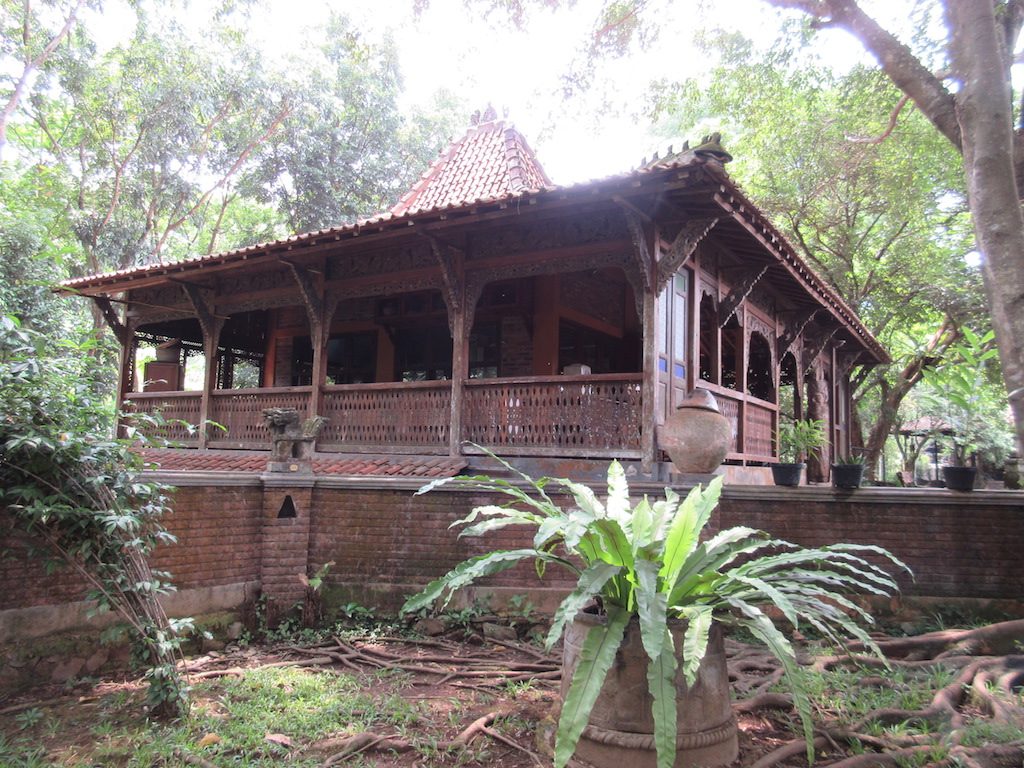
Joglo Hill Home
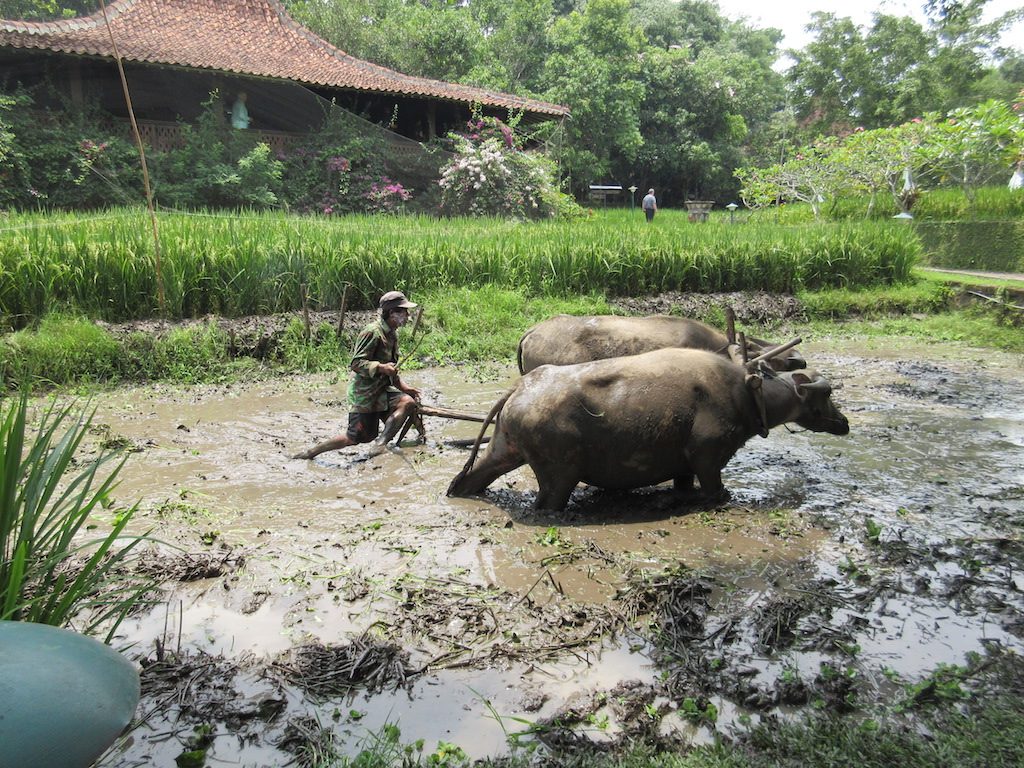
Water Buffalo
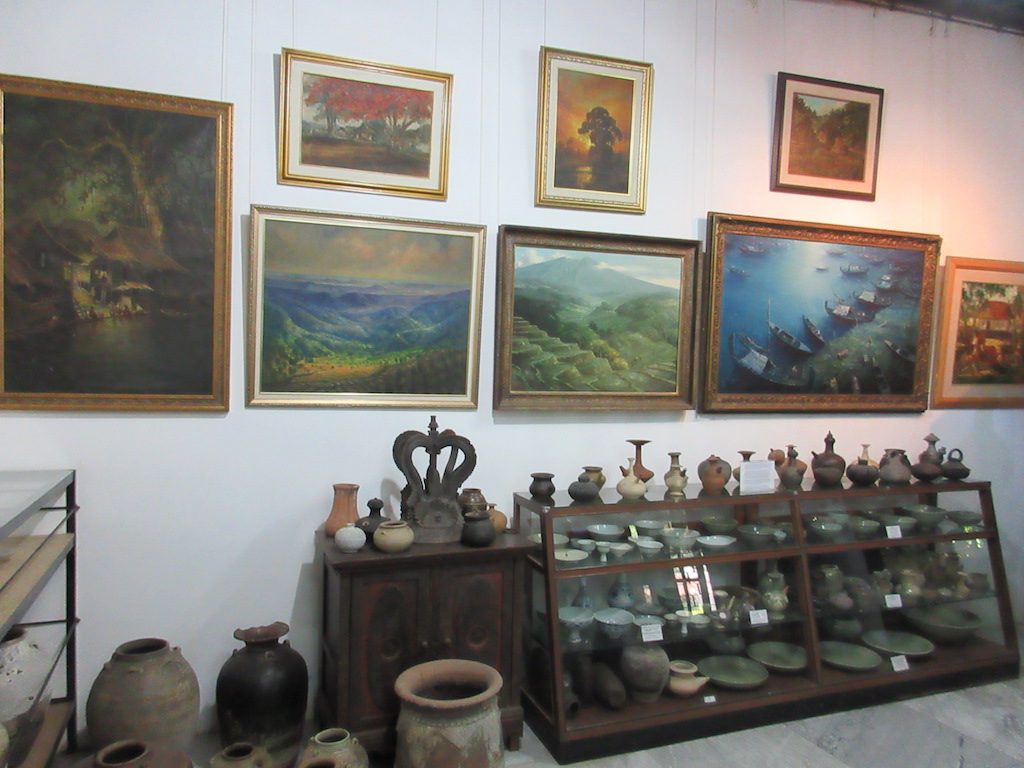
Museum
Java is an island of Indonesia about the size of North Carolina with a population of over 140 million residents. With this population it is considered the world’s most populous island.
Semarang is a city on the north coast of Java and is the capital and largest city on the island with about 2 million residents in the city and another 2 million in the region. During World War II Java was occupied by the Japanese military. Java gained its independence in 1945.
We began our tour called “Semarang Sights” by driving to the Sam Po Kong Chinese temple, built to honor Sam Po Thay Jin—a Chinese emissary who landed in Semarang in 1401. Here, we saw an interesting combination of Chinese and Muslim cultures.
Our next stop was to enjoy refreshments of Javanese coffee or tea served with a snack of traditional rice cakes, crackers and seasonal fruits at Joglo Hill, a traditional style hill resort set in a tropical garden. The villas here are traditional Javanese buildings collected from all over the island of Java many over 100 years old. The wood carvings and details of the buildings are quite spectacular. We were invited to view the antique collections of the owner of one of the villas. The collection consisted of many paintings as well as an extensive collection of pottery, some of which was recovered from a sunken ship.
Also, at Joglo Hill we saw a demonstration of a man with two water buffalo plowing a field of rice preparing it for planting. In this region of the country they are able to get three crops of rice annually. Feces from the water buffalos, ducks, fish and eels are also used as fertilizer in the fields. This keeps the fields productive for many years. Pesticides are not used as this has been found to reduce the long-term yield of the rice.
Next, we stopped at a local Batik shop (traditional Indonesian cloth) to observe a demonstration of the intricate Batik-making process. This was an extensive shop with many employees each working on different aspects of the batik making process. Some creating the designs for new fabric, others adding the wax to the Java is an island of Indonesia about the size of North Carolina with a population of over 140 million residents. With this population it is considered the world’s most populous island.
Semarang is a city on the north coast of Java and is the capital and largest city on the island with about 2 million residents in the city and another 2 million in the region. During World War II Java was occupied by the Japanese military. Java gained its independence in 1945.
We began our tour called “Semarang Sights” by driving to the Sam Po Kong Chinese temple, built to honor Sam Po Thay Jin—a Chinese emissary who landed in Semarang in 1401. Here, we saw an interesting combination of Chinese and Muslim cultures.
Our next stop was to enjoy refreshments of Javanese coffee or tea served with a snack of traditional rice cakes, crackers and seasonal fruits at Joglo Hill, a traditional style hill resort set in a tropical garden. The villas here are traditional Javanese buildings collected from all over the island of Java many over 100 years old. The wood carvings and details of the buildings are quite spectacular. We were invited to view the antique collections of the owner of one of the villas. The collection consisted of many paintings as well as an extensive collection of pottery, some of which was recovered from a sunken ship.
Also, at Joglo Hill we saw a demonstration of a man with two water buffalo plowing a field of rice preparing it for planting. In this region of the country they are able to get three crops of rice annually. Feces from the water buffalos, ducks, fish and eels are also used as fertilizer in the fields. This keeps the fields productive for many years. Pesticides are not used as this has been found to reduce the long-term yield of the rice.
Next, we stopped at a local Batik shop (traditional Indonesian cloth) to observe a demonstration of the intricate Batik-making process. This was an extensive shop with many employees each working on different aspects of the batik making process. Some creating the designs for new fabric, others adding the wax to the fabric, some dying the fabric, some using block prints made of copper, and one gentleman was making a block print. Also, on site was an extensive shop for purchasing all types of batik fabric and clothing.
On the return drive to the port we passed through the scenic Gombel Highlands with panoramic views of Semarang and the Old Town. As we drove through the Old Town, we saw the Gereja Blenduk and other buildings remaining from the Dutch colonial era.
The weather forecast called for rain and 90 degrees but we escaped the rain in town so it was a good outing.
The evening’s entertainment was a guitarist by the name of Matthew Fagan. He has performed with people like Shirley Bassey, Natalie Cole and Billy Connolly, as well as having his own show titled Lord of the Strings which recently sold out at the Sydney Opera House.
, some dying the fabric, some using block prints made of copper, and one gentleman was making a block print. Also, on site was an extensive shop for purchasing all types of batik fabric and clothing.
On the return drive to the port we passed through the scenic Gombel Highlands with panoramic views of Semarang and the Old Town. As we drove through the Old Town, we saw the Gereja Blenduk and other buildings remaining from the Dutch colonial era.
The weather forecast called for rain and 90 degrees but we escaped the rain in town so it was a good outing.
The evening’s entertainment was a guitarist by the name of Matthew Fagan. He has performed with people like Shirley Bassey, Natalie Cole and Billy Connolly, as well as having his own show titled Lord of the Strings which recently sold out at the Sydney Opera House.


